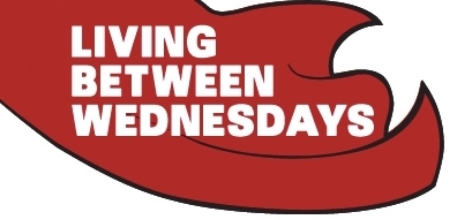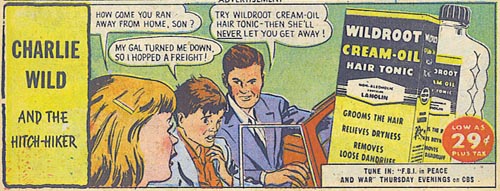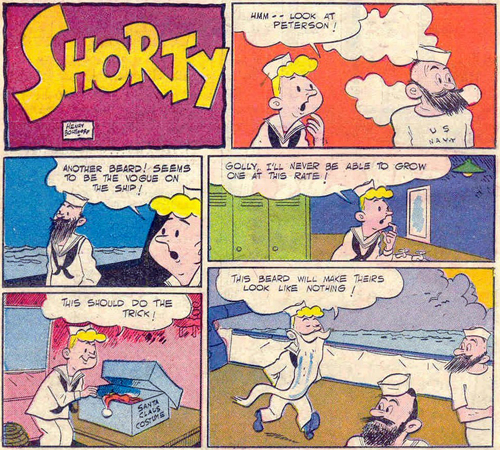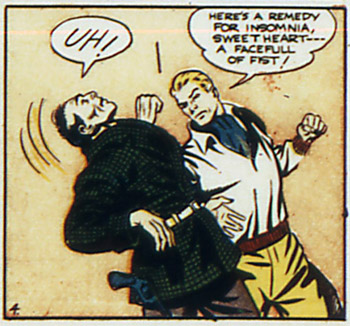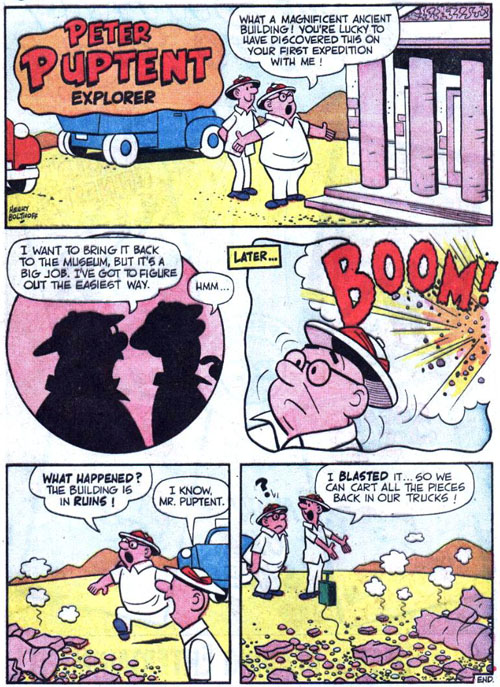Kirby: Genesis #0
/ 
More than just the most prolific and influential creative mind in comics history, Jack Kirby is pretty much a genre unto himself these days. Entire series have been devoted to trying to capture and distill his technomythological superhero adventure style (like Joe Casey and Tom Scioli’s Godland and Scioli’s own self-published The Myth Of 8-Opus), memorable issues of comics have paid loving tribute to his achievements (Supreme: The Return #6 by Alan Moore and Rick Veitch is probably the finest example), and his depictions of action, energy, and technology in superhero comics have led to entirely new terminologies being named after him (Kirby Krackle, Kirbytech). Of course, the entire Marvel Universe as we know it wouldn’t have existed without him, not to mention various still-viable sub-sections of the DC Universe. Now, in the new series Kirby: Genesis, Dynamite Publishing is laying claim to pretty much everything else that doesn’t fall under the purview of the Big Two—lesser-known Kirby creations like Captain Victory, Silver Star, Galaxy Green, and a whole host of other concepts still owned by the Kirby estate—and folding them all into a shared-universe adventure that kicked off with a $1 Issue Zero this past week. One might be tempted to accuse Dynamite of trying to cash in on the Kirby name, re-heating some leftovers that may not have been all that fresh to begin with (as fun as Kirby’s 1980s output was—his Super Powers series was my first exposure to his work as a kid—you’d be hard pressed to find anyone that would call that period their favourite). Even the announcement of Kurt Busiek as writer and Alex Ross as cover artist/art director wasn’t enough to dissuade my skepticism, initially at least. But if the Zero issue is any indication, Kirby: Genesis looks to be a fun, heartfelt tribute to the King of Comics, one that successfully captures the style and feeling of Kirby at his most cosmic.


